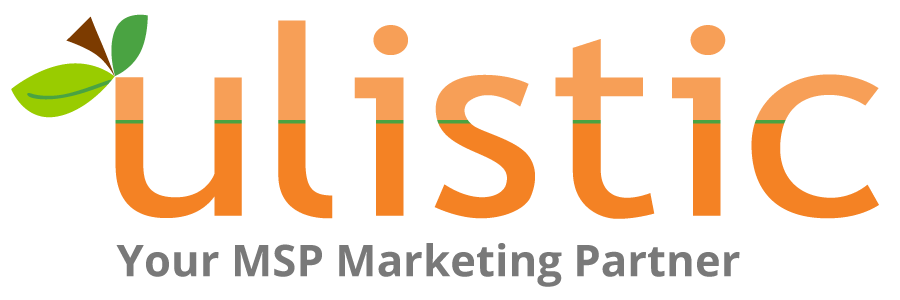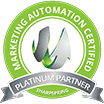The 3 Keys to a Successful Lunch & Learn: Preparation, Communication, and Execution
Establishing relationships with potential clients and partners is absolutely necessary for succeeding in business. One of the most effective ways to build such connections is to hold a lunch and learn event… that is, it’s effective when done right.
When done wrong, you’ll end up giving a presentation to a near-empty audience in some dingy hotel conference room. Or even if you have a full house at a nice venue, it might as well be empty because your message is so unclear, cliché-ridden, and poorly delivered that it convinces no one to use your services.
It’s easy to avoid these ugly scenarios if you know what you’re doing. David Russell, CEO of MANAGEtoWIN, and Stuart Crawford, CEO of Ulistic, know what they’re doing. Russell has over 41 years of experience in business, Crawford 22. In those combined 60-plus years they have each held too many lunch and learn events to count. Recently they held a webinar together to share what it takes to hold a successful lunch and learn.
Preparation
How long in advance should you start preparing for a lunch and learn?
“My recommendation: four to six weeks,” Crawford answered. “Because there are a lot of things to do between that period. What type of venue? Your office? Probably not the best place to have a lunch and learn. My recommendation is to pick a destination location, somewhere for people to go to that they don’t normally get a chance to visit. For example, [Ulistic] now does all our events at Morton’s Steakhouse.”
Venue is important. If you’re not familiar with Morton’s, just know that it’s certainly a step up from McDonalds. Find a nice restaurant like Morton’s for your event, or go even bigger and rent out a sports stadium or unique landmark. Skimping on the venue will invariably result in potential clients being less interested in attending your lunch and learn.
Communication
As important as the venue is, it’s perhaps even more important that you leave a lot of time for prep so that you will have able opportunity to spread the word about your event. Building an audience requires a dedicated blitz of communication on all fronts: phone, email, snail mail, carrier pigeon, whatever resources you have at the ready that can get the Where and When of your lunch and learn out there.
Email is an efficient way to contact a lot of people at relatively little cost or effort, but there are also benefits to using more tradition means of communication.
“If a non-solicited email comes in, chances are I’m going to delete it right away,” Crawford said. “Or if it’s not relevant to what I’m working on right now, I don’t delete it, it stays in my inbox and gets buried under a bunch of other stuff.”
It’s easier to ignore an email than to tell someone on the phone in real time that you don’t want to attend their event. Postcards are also harder to ignore; with the right attention-grabbing design they can’t even be thrown away without being looked at. But don’t overcorrect and forget about emails completely.
“The key,” Russell informs us, “is they get the email, and with some people when you make the call, and even if you don’t reach them you leave a voicemail, they’ll look for the email. Or if they see a postcard, it’ll remind them and they’ll look for the email. So it’s the combination [of phone, email, and snail mail] that actually ends up increasing the amount of people you actually get through to.”
Execution
Now that you’ve set your venue and managed to convince some people to actually come to your presentation, the next step is pretty logical… you have to make sure that the presentation itself is good.
There is no one-size-fits-all approach to writing a presentation; it will have to be crafted to fit your particular service and the audience that service appeals to. But there are a few basic rules that apply to pretty much every presentation.
One rule is that it’s always best to go light on fluff. It’s all too easy to think that all these presentations are all the same, and that rather than be boring, you can make your presentation stand out by adding some personal anecdotes and colorful tangents. Don’t. A little charisma never hurts, but don’t forget that your presentational should be centered on hard logic that explains why your product or service will benefit your prospects.
If you’re not good at public speaking, find someone who is. The most well-written speech ever crafted would be ruined by a presenter that is awkward and can’t get the timing right. If you don’t have the right guy in house, you should reach out to a public speaking service and hire a professional.
Prepare, communicate, execute. It really is that simple.
Only 1 in 100 I.T. firms think marketing first, but 100 out of 100 want more leads. Ulistic is here to help managed services providers think strategically about their marketing to get more leads while still focusing on running their business. Our team engages with your team every day, providing expert marketing materials and advice to create a foundation for stratospheric success. Learn more at Ulistic.com.



